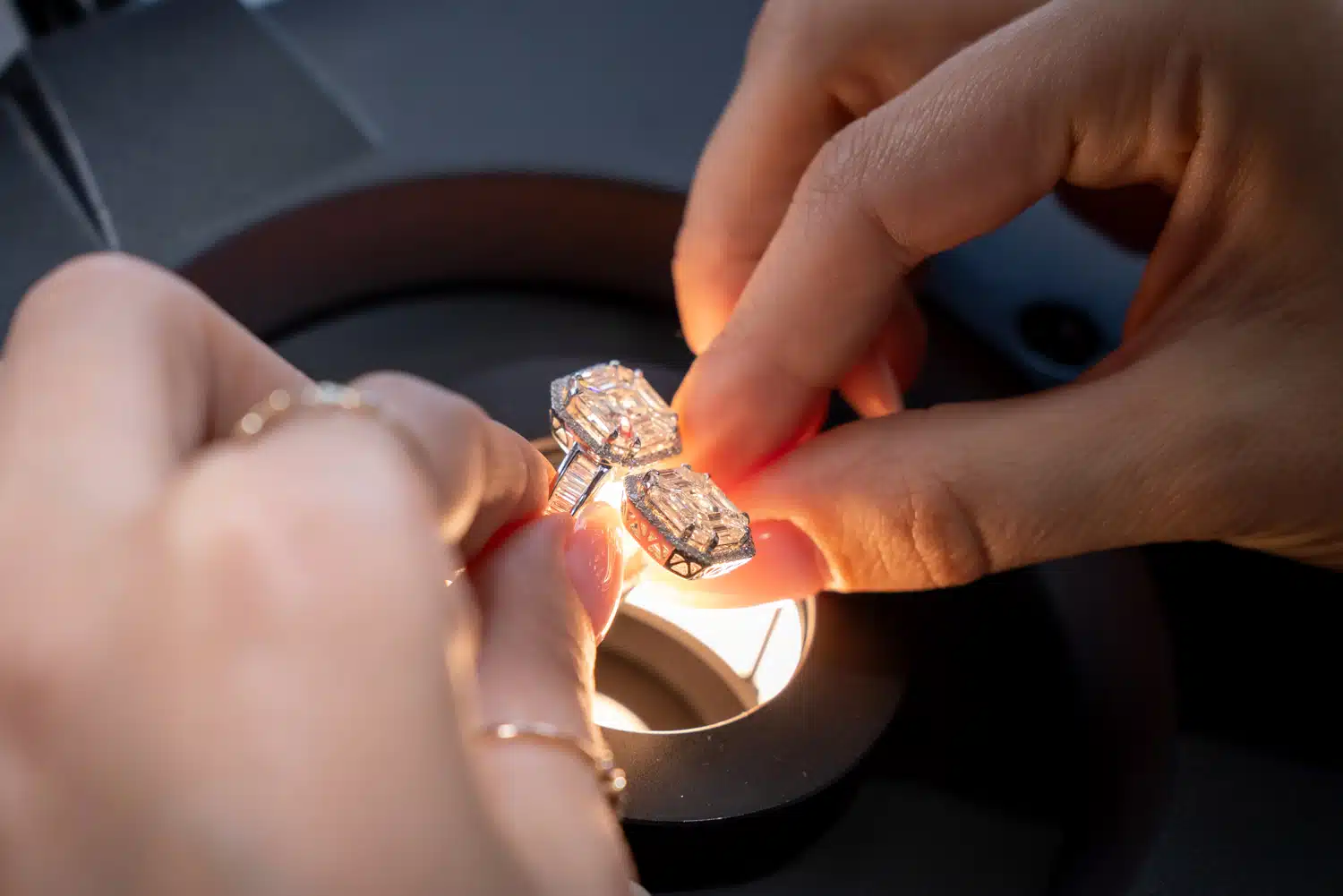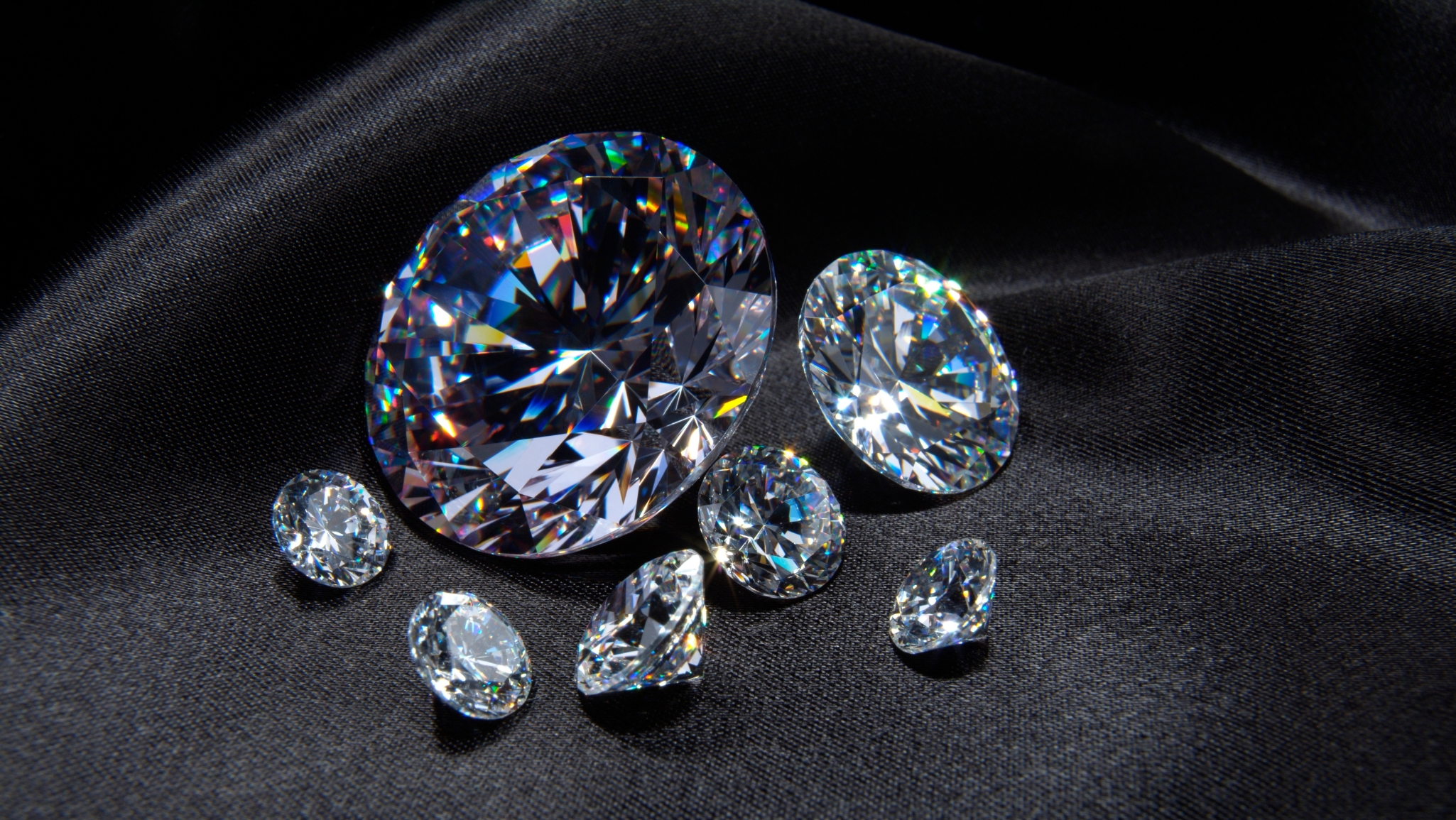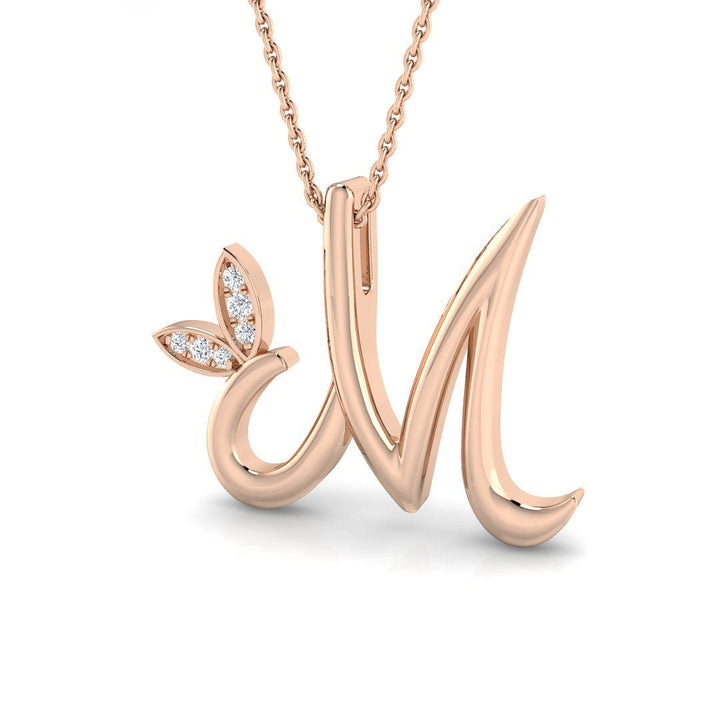What to Look for: Identifying Inclusions in Lab-Created Diamonds
Lab-created diamonds, also known as man-made diamonds, represent a significant advancement in the gemstone industry. These diamonds are chemically and physically identical to natural diamonds but are crafted in controlled laboratory settings. One crucial aspect of diamonds, whether natural or lab-created, is the presence of inclusions. This article explores the nature of inclusions in inclusions in lab created diamonds, their comparison with natural diamonds, and their impact on the diamond’s value and appearance.
What Are Inclusions?
Inclusions refer to internal flaws or imperfections found within a diamond. These imperfections can manifest in various forms, such as tiny crystals, gas bubbles, or other irregularities that become trapped inside the diamond during its formation. The clarity of a diamond, which is a critical factor in determining its overall quality and value, is significantly affected by these inclusions.
Types of Inclusions
Inclusions come in several types, each impacting the diamond’s clarity and appearance differently. Crystal inclusions are small mineral crystals that become embedded within the diamond. Feather inclusions resemble fractures or cracks that appear similar to a feather. Cloud inclusions consist of a group of tiny imperfections that create a cloudy appearance. Pinpoint inclusions are tiny, sharp dots that can be seen within the diamond. Gas bubbles are air pockets trapped inside the diamond, affecting its clarity.
Inclusions in Lab-Created Diamonds
Lab-created diamonds are produced in environments that closely mimic the natural conditions required for diamond formation. Despite the controlled setting, these diamonds can still contain inclusions, though they are often less frequent and less severe than those found in natural diamonds. The two primary methods used to create lab diamonds are High Pressure High Temperature (HPHT) and Chemical Vapor Deposition (CVD).
HPHT Method
The HPHT method simulates the high-pressure, high-temperature conditions found deep within the Earth’s mantle. This technique can produce diamonds with inclusions similar to those in natural diamonds, including metallic inclusions or small gas bubbles. The controlled conditions in HPHT labs reduce the likelihood of severe inclusions but do not entirely eliminate them.
CVD Method
The CVD method involves growing diamonds from a carbon-rich gas in a vacuum chamber. This process allows for greater control over the growth environment, resulting in diamonds with fewer inclusions compared to those created using the HPHT method. CVD diamonds typically have a clearer appearance due to the reduced frequency of visible inclusions.
Comparing Inclusions: Lab-Created vs. Natural Diamonds
Inclusions in lab-created diamonds often differ in several ways from those in natural diamonds. One notable difference is the quantity. Lab-created diamonds generally have fewer inclusions due to the precise control over the growth environment. The types of inclusions can also be similar, but the formation of inclusions in lab diamonds tends to be more predictable and less severe. Additionally, inclusions in lab-created diamonds are often smaller and less noticeable, contributing to a clearer appearance compared to natural diamonds.
Conclusion
Understanding inclusions in man made diamonds is essential for consumers looking to make informed decisions. While lab-created diamonds may still contain inclusions, they are typically fewer and less impactful than those found in natural diamonds. The controlled lab environments used in the creation of these diamonds allow for greater clarity and reduced visibility of inclusions. Whether choosing a lab-created or natural diamond, being aware of the types and effects of inclusions can help ensure a satisfying and informed purchase.











